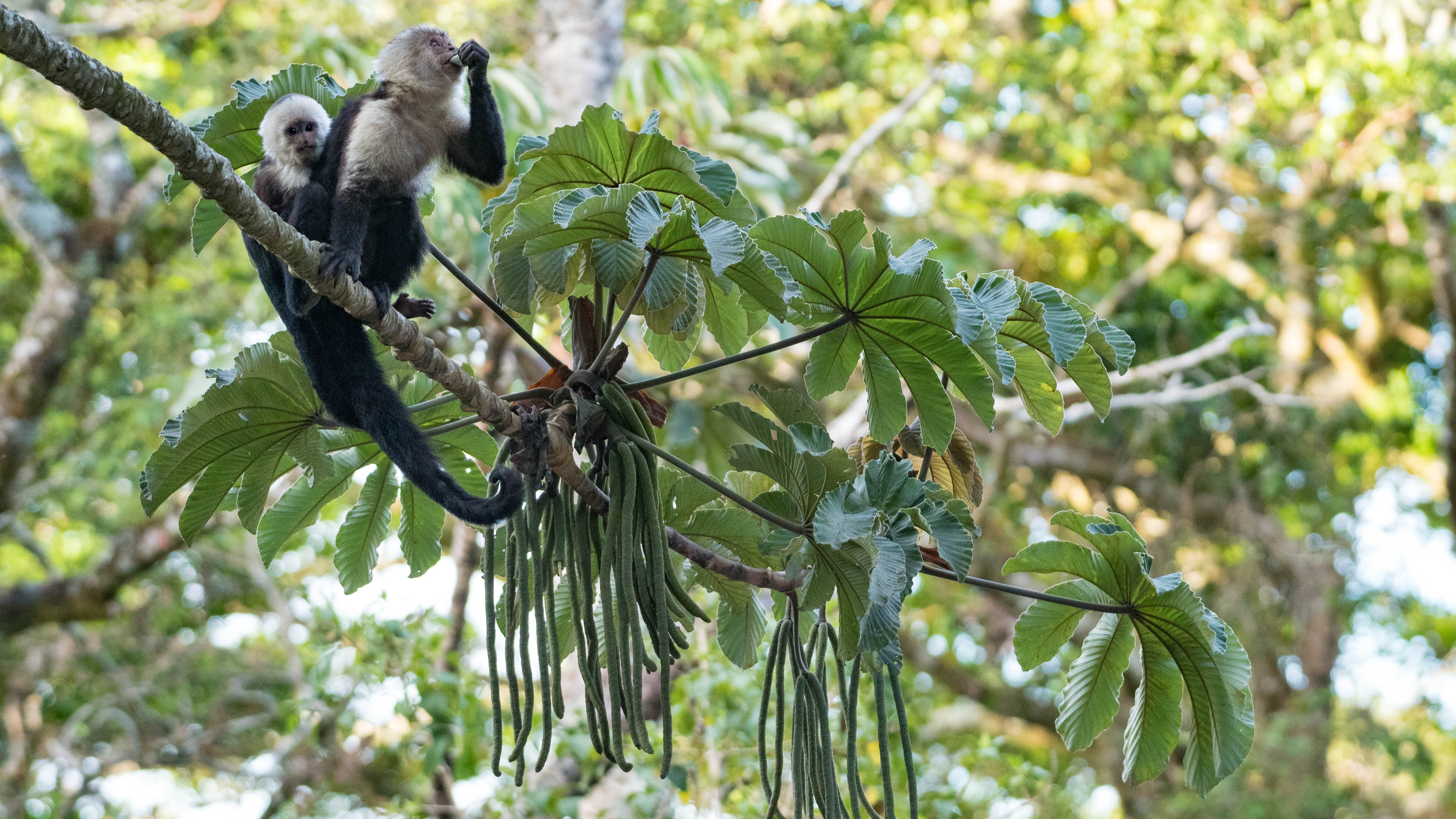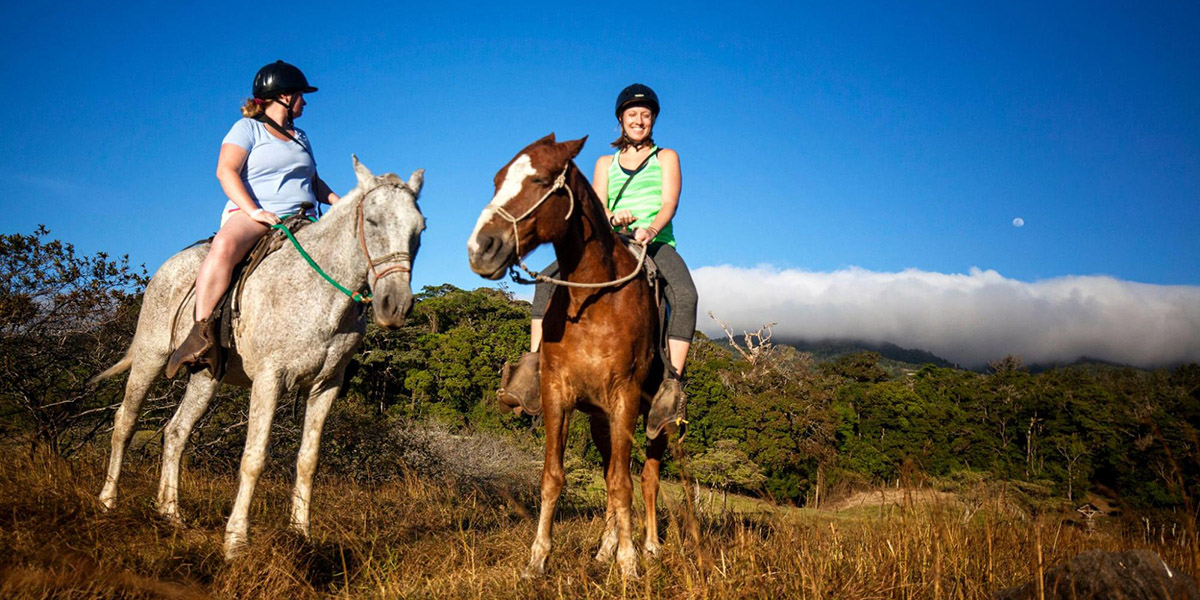Creating Your Personalized Monteverde Experience

What Should We Do? Planning Your Monteverde Experience
Monteverde is a destination rich with possibilities, and even seasoned travelers to Costa Rica can feel overwhelmed by the sheer number of experiences available. One of the most common questions visitors ask is, “What should we do?”
At the Ocotea Boutique Hotel, we have a knowledgeable team dedicated to crafting the perfect itinerary for your Monteverde experience. With their deep expertise and our close partnership with our sister company Ocotea Tours & Transfers, all of our guests can comfortably navigate Monteverde’s wealth of options, whether you've meticulously researched your trip or arrived with no set plans.
To understand how Ocotea Hotel supports guests from start to finish, we sat down with Roxanna, our Food & Beverage Advisor, to discuss the seamless experience they provide.
The Elements of an Extraordinary Monteverde Experience

Monteverde’s stunning landscapes and rich biodiversity make it a dream destination for nature enthusiasts. However, with such a wide range of ecosystems, elevations, and activities to choose from, no two visits are ever the same. The way you structure your itinerary can shape an entirely different experience.
Beyond choosing where to explore, several key considerations can influence the flow of your trip:
-
Dining preferences – Are you looking for gourmet dining, local cuisine, or a mix of both?
-
Transportation needs – Will you require transfers, private drivers, or rental options?
-
Activity pacing – Do you prefer a packed schedule or a balance of adventure and relaxation?
-
Logistics – Can the experiences you’re most excited about be scheduled together seamlessly?
-
Planning approach – Do you enjoy crafting your own itinerary, or would expert guidance enhance your experience?
Our team is committed to helping guests navigate these choices. Whether you need a restaurant recommendation, insight into the best times to visit local reserves or guidance on combining activities efficiently, staff members like Roxanna are always available to assist and help tailor your experience.
The process is simple — just chat with us. By sharing your interests and vision for the perfect stay here, our team — along with the experts at Ocotea Tours & Transfers — can design your personalized itinerary to explore the cloud forest and the beautiful community of Monteverde.
Crafting a Personalized Monteverde Experience

When we sat down with Roxanna, she shared that the key to creating an unforgettable Monteverde experience is getting to know your guests and being curious.
Every guest arrives with unique interests and expectations, and by taking the time to understand their travel goals, Roxanna and the team can craft tailored recommendations that make each visit truly special.
These conversations can look different for each person, but might include questions like:
-
What kind of experiences do you enjoy?
-
Are you a foodie looking for the best local flavors?
-
Do you prefer challenging hikes or leisurely strolls with frequent rest stops?
-
Is there a particular species or natural wonder you’re hoping to see?

From there, the Ocotea staff can offer suggestions that enhance the journey. Perhaps a guided night tour to encounter nocturnal wildlife and complement daytime tours. Maybe a massage at the hotel would be the perfect way to unwind after an adventurous day, or a sunset cocktail in the lounge would be just right after a day exploring Monteverde.
Ultimately, our goal is to help guests discover those perfect, personal moments — the ones that will stay with you long after you’ve left.
Accommodating Every Guest: A Personalized Approach to Monteverde
As Roxanna explained to us, Monteverde attracts visitors from all over the world, each with unique expectations and goals for their journey.
Some arrive eager to learn from the ecological experts who have made Costa Rica a global leader in conservation and reforestation. Others are fascinated by the pura vida lifestyle and its connection to longevity and well-being. Some seek adventure, drawn to Monteverde’s diverse ecosystems and dramatic landscapes, while others simply wish to immerse themselves in the tranquility of the cloud forest.
Roxanna explains that crafting experiences that fulfill these varied desires is no simple task. Every itinerary must consider factors like budget, timing, fitness levels, weather conditions, and language preferences — all while following the sustainability best practices that protect Monteverde’s fragile ecosystems.

This is where the 17 years of experience from the Ocotea Tours staff and the 3 years of experience from the Ocotea Boutique Hotel team makes a difference. The majority of our guides and staff (including Roxanna) have lived in the region for years or even their entire lives, and serve as a bridge between guests and the local perspective.
When you factor in our network of guides and providers across the region, our team can adjust recommendations based on daily conditions — adapting to weather patterns, seasonal migrations, occupancy of the reserves, and even spottings of specific species.
Roxanna and the other members of Ocotea’s staff are also trained to be adaptable — ready to assist with everything from suggesting accessible trails to accommodating dietary restrictions at the hotel’s restaurant.
Their approach is simple: offer every guest a dedicated level of service that reflects their deep love for Monteverde and their commitment to sharing it in the most meaningful way possible.
A True Passion for Service
As Roxanna explained to us, working as a part of this industry is more than a job. Creating unforgettable experiences isn’t just about hospitality—it’s about fostering a genuine connection between guests and this wonderful region we love so much.
People protect what they know, and by helping visitors form meaningful memories in Monteverde, the Ocotea Hotel and our community hope to inspire a deeper appreciation for conservation, sustainability, and the role we all play in preserving our planet.
Every guest who chooses Monteverde is making a conscious decision to visit a destination known for its commitment to eco-tourism. Many come eager to learn—not just about the biodiversity of the cloud forest, but also about how their own actions can contribute to a healthier planet.
To hear Roxanna tell it, each traveler who visits is welcomed not just as a guest, but as part of a global family, united by our shared responsibility to cherish and protect the natural world.
The Heart of Monteverde: Personalized Service, Expert Guidance

At Ocotea Boutique Hotel, exceptional hospitality goes beyond luxury accommodations. Local experts like Roxanna and the other members of the team have a passion for delivering thoughtful, personalized, and meaningful travel for every guest in Monteverde.
This dedication — along with decades of experience and connections across Monteverde — gives visitors insider access to the region’s best experiences, tailored recommendations, and the kind of seamless, stress-free travel planning that transforms a great trip into an unforgettable journey.
More than just expertise, what truly sets Roxanna and the other members of the Ocotea team apart is the warmth and genuine care of the people who call Monteverde home. Their passion for sharing their knowledge, culture, and love for this extraordinary ecosystem makes all the difference.
Ready to experience Monteverde with the best local experts by your side? Book your stay at Ocotea Boutique Hotel today and let us craft the perfect itinerary just for you.





